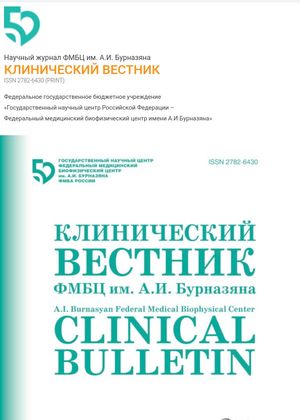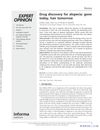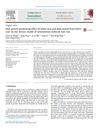On The Diversity And Effectiveness Of Therapy Methods For Androgenetic Alopecia
October 2024
in “
A I Burnasyan Federal Medical Biophysical Center Clinical Bulletin
”

TLDR Various treatments effectively manage androgenetic alopecia.
The article reviews various therapy methods for androgenetic alopecia, emphasizing the condition's psychological impact and the need for new treatments. It discusses environmental factors and therapeutic targets, such as inhibiting 5α-reductase, improving blood supply, and using signaling peptides. New treatments include topical and systemic therapies, protein injections like platelet-rich plasma, physical therapy, and hair transplantation, with clinical effectiveness results presented for these methods.




